The letters ‘RS’ have been plastered on many high-performance machines. They have appeared on everything from Camaros to Audis, but the most famous and evocative application is, arguably, the Porsche RS. This year the company celebrates 50 years of 911 RS cars. The very first of its kind was the 911 Carrera RS 2.7, aka the ‘Duck Tail’.
Follow Double Apex on Facebook and Instagram, where we share more car content.
Buy now and take advantage of free delivery in South Africa on orders over R349.
First of its kind
The Porsche 911 RS lineage started in 1972 when the first of its kind debuted at the Paris Motor Show. “The 911 Carrera RS 2.7 was intended as a homologation special. It was to be a very light, fast sports ar,” recalls Peter Falk, who was then the head of testing for series production cars at Porsche.
Around 15 engineers worked on the key areas of mass-reduction, aerodynamics, engine and chassis to hone the car for racing duties. Porsche planned to build 500 units to qualify for the Group 4 class of Special GT cars.
Thanks to its popularity a total of 1 580 examples were built. A optional M471 equipment package led to Porsche building 200 lightweight ‘Sport’ versions of the car. Additionally, 55 examples of the racing version, 17 base vehicles, and 1 308 touring versions (M472) were built.
The 911 Carrera RS 2.7 also marked the very first time that the name Carrera was applied to a 911. Carrera is a Spanish word that translates as ‘race’ in English. While RS on the rear spoiler stands for ‘Rennsport’, or racing in German. Countless Porsche 911s have use the RS abbreviation since. The most recent of these was the 991-generation 911 GT2 RS.
More below the video…
Changes
To reduce mass the rear seats, carpets, clock, coat hooks and armrests were omitted. In the same vein thin windows, plastic parts and the elimination of insulation helped to decrease the total vehicle weight. Even the Porsche crest was glued onto the body to save a few grams.
Click here to read our Porsche 911 GTS driving review.
When compared to the ‘Touring’ equipment package (M472), the ‘Sport’ weighed 115 kg less, with a kerb weight of just 960 kg. Among the exterior changes was the fitment of a front splitter and the, now famous, rear spoiler. Incidentally, Porsche filed a patent for the design of the famous rear aerofoil.
For the first time at Porsche, a series production car featured different tyre sizes on the front and rear axles. Fuchs forged 15x6J wheels with 185/70 tyres could be found at the front with 15x7J alloys shod with 215/60 tyres at the rear. Porsche had to widen the body by 42 mm at the rear to accommodate the wider rims.
Quickest of its day
A 2,7-litre flat-six fuel-injected engine was tasked to move this mass. It produced a impressive, for the time, 155 kW and 255 N.m. German magazine tested the Sport version and managed a 0-to-10 km/h run in 5,8 seconds. As a result the 911 Carrera RS 2.7 became the first production car tested by the title to break the six-second mark. The top speed was tested as 245 km/h.
The Porsche Museum is putting on a special exhibition dedicated to 50 years of the 911 Carrera RS 2.7 from 20 September 2022.



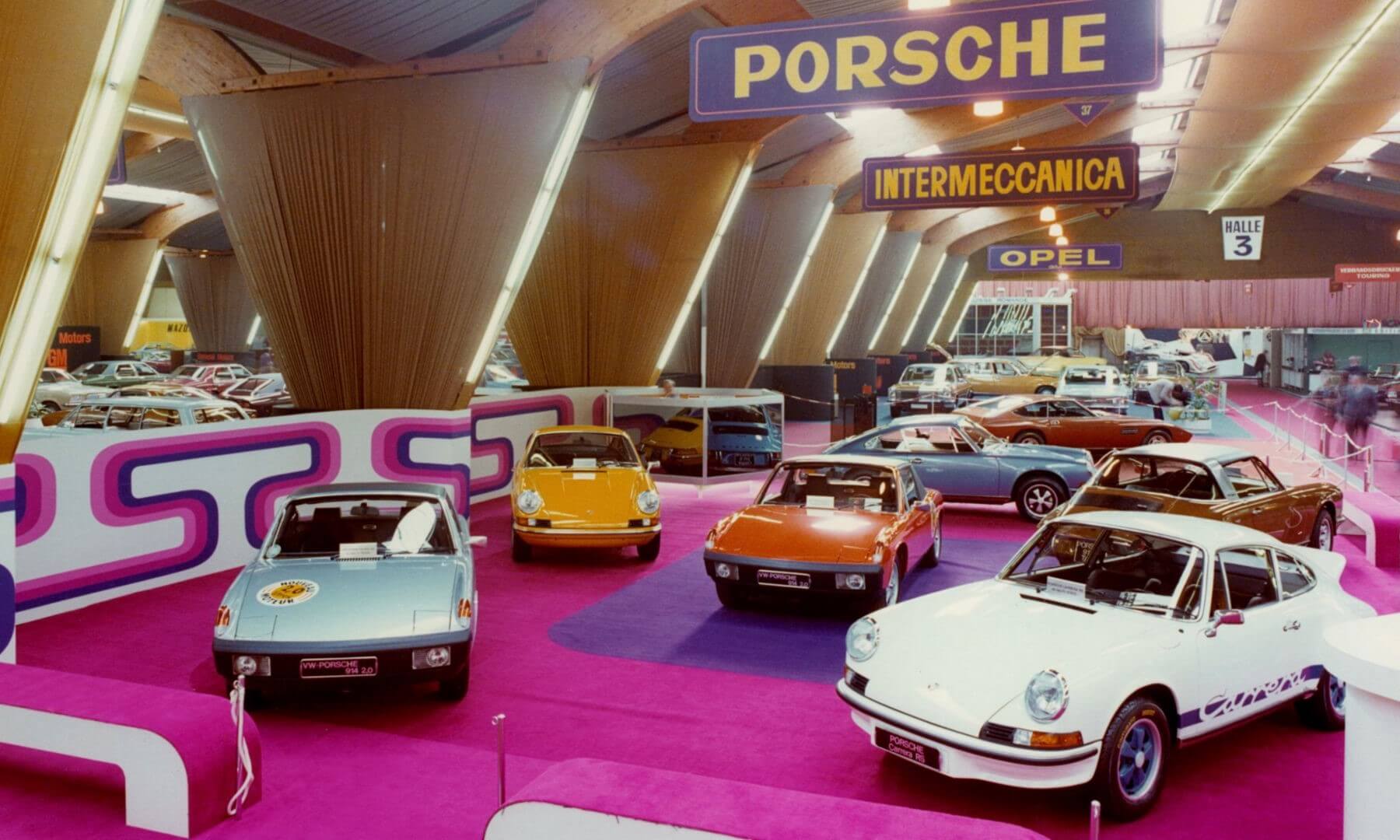
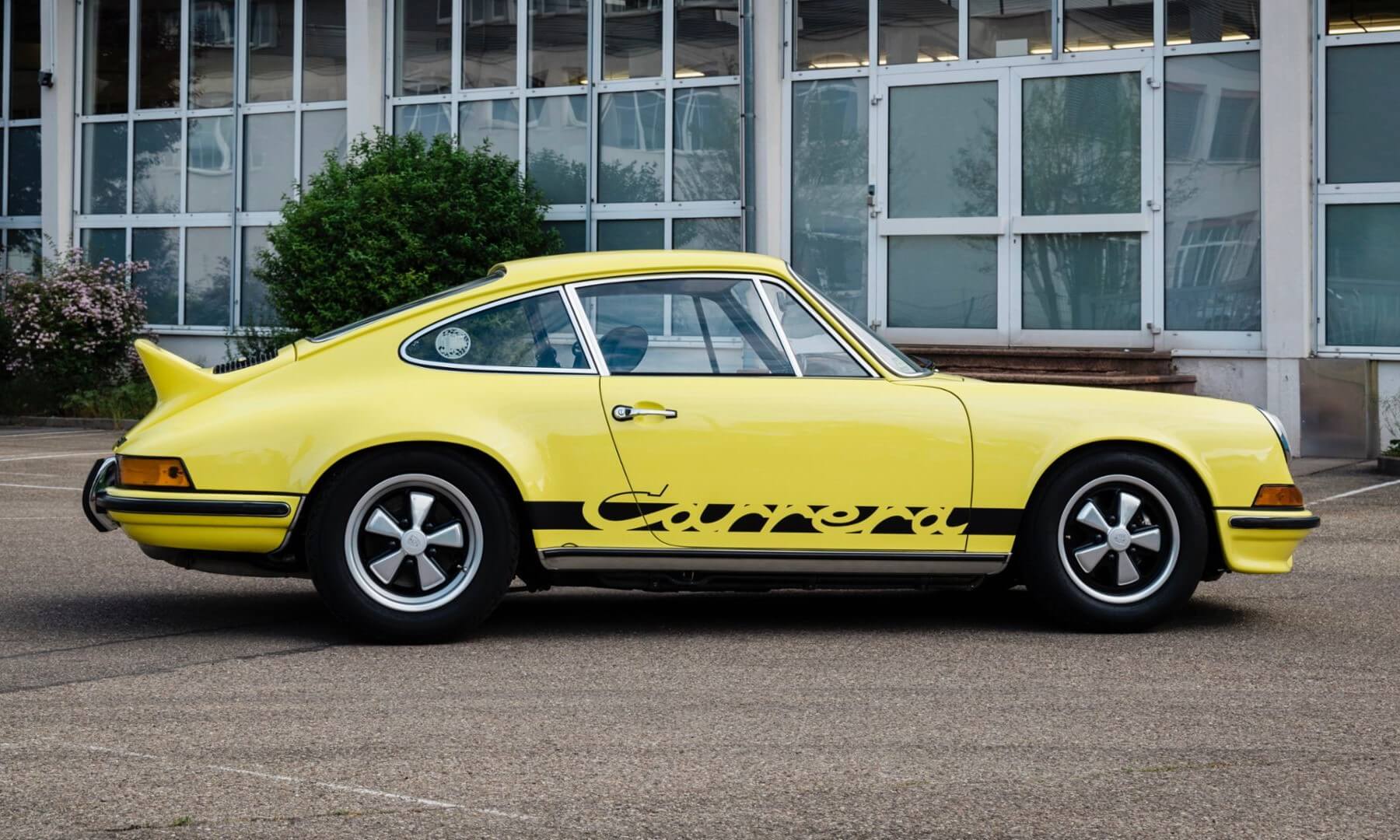

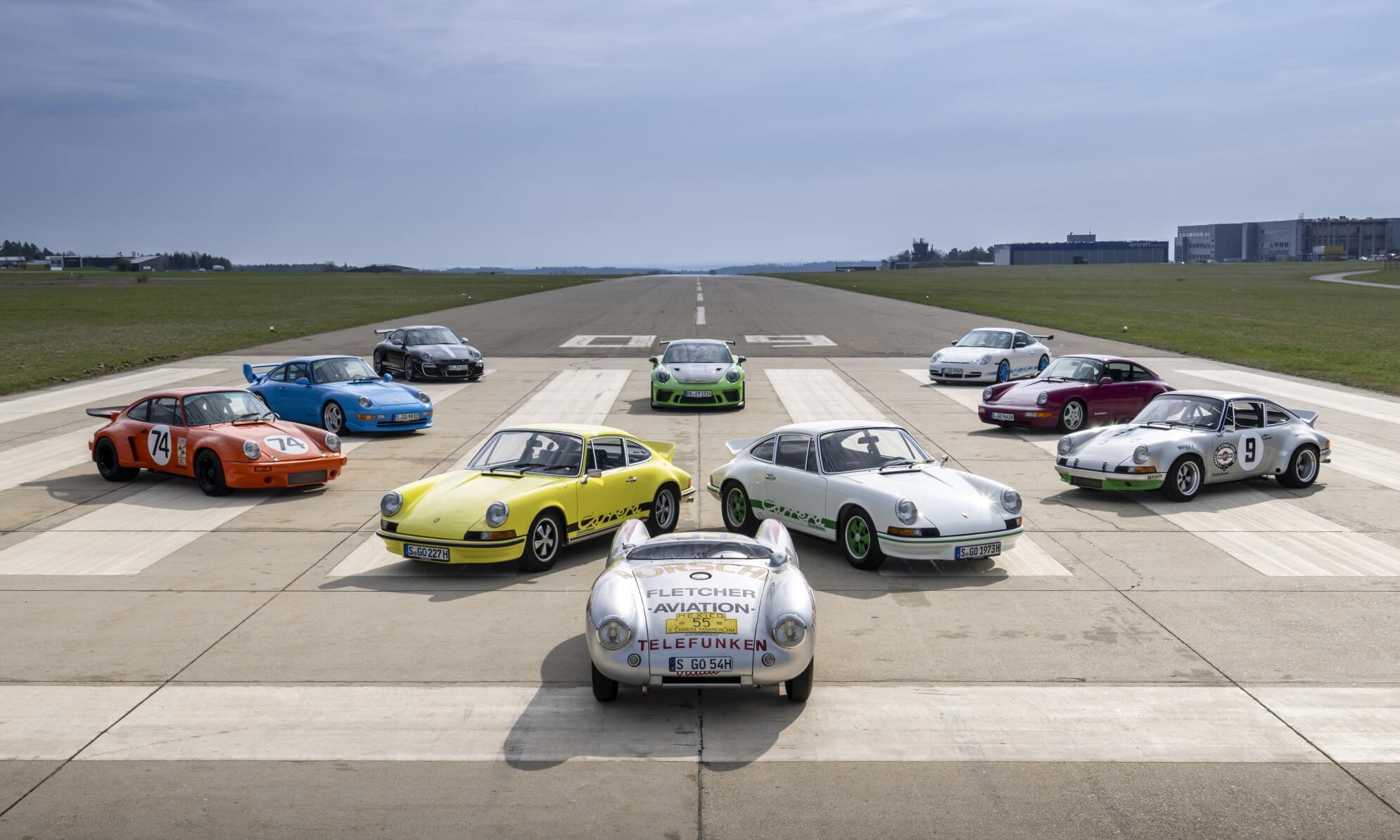

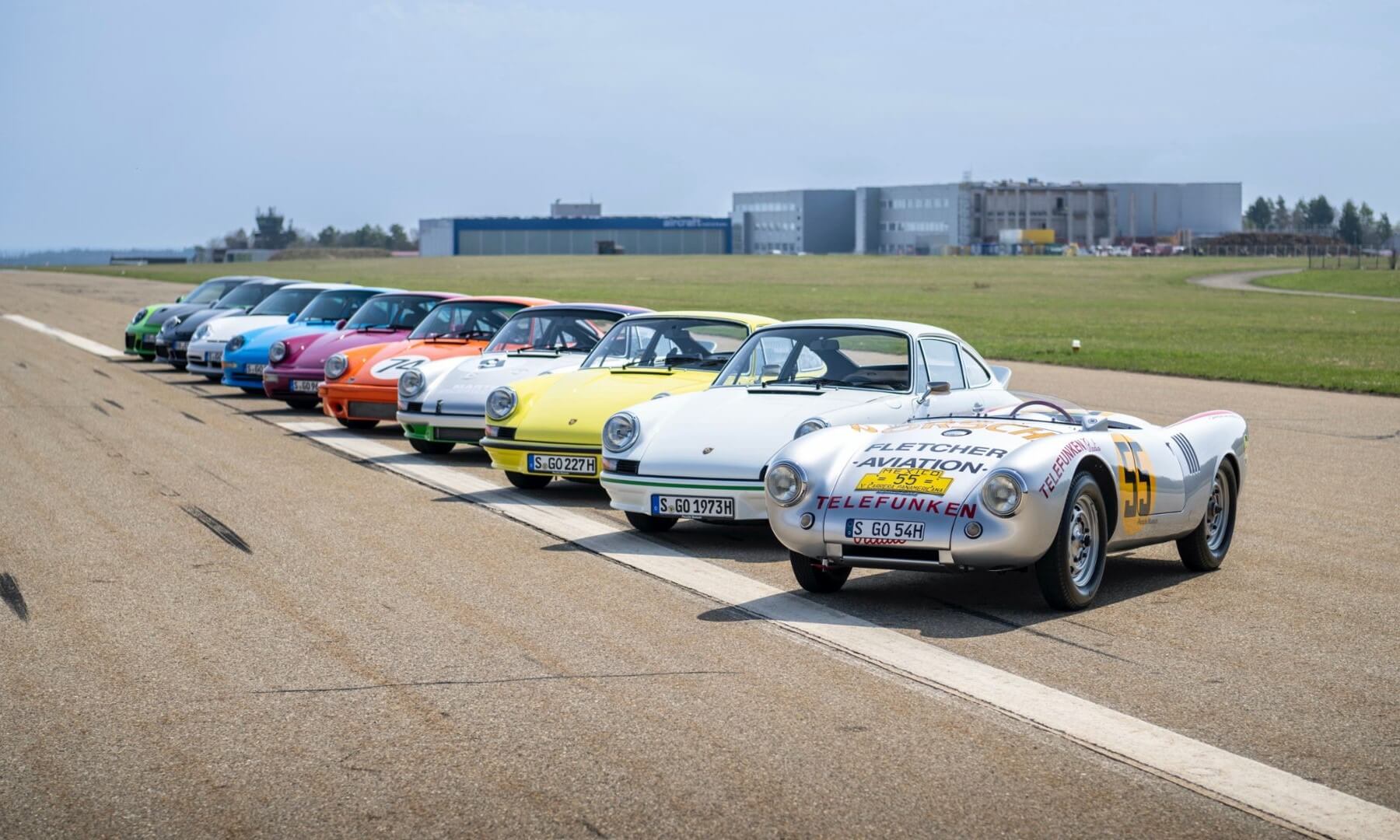
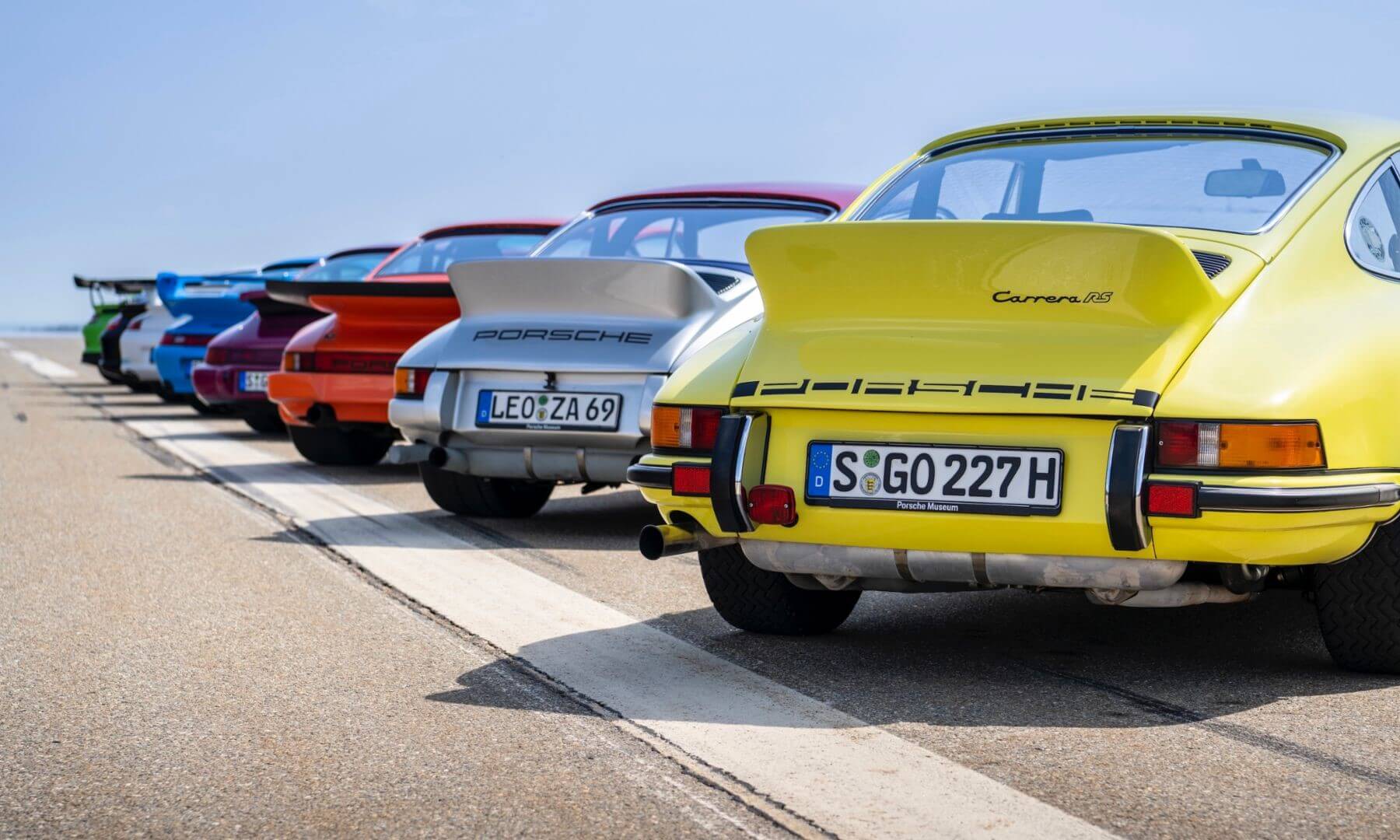
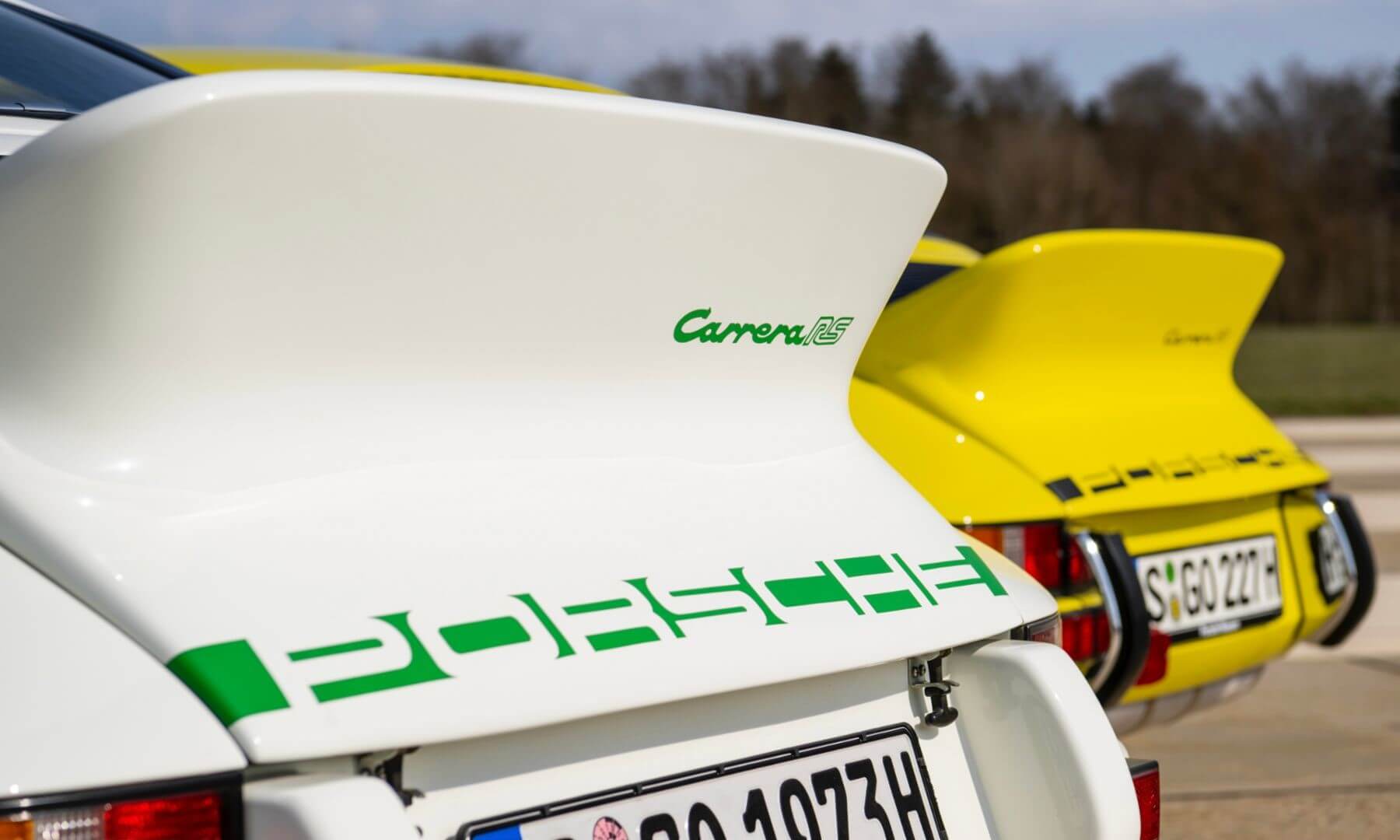
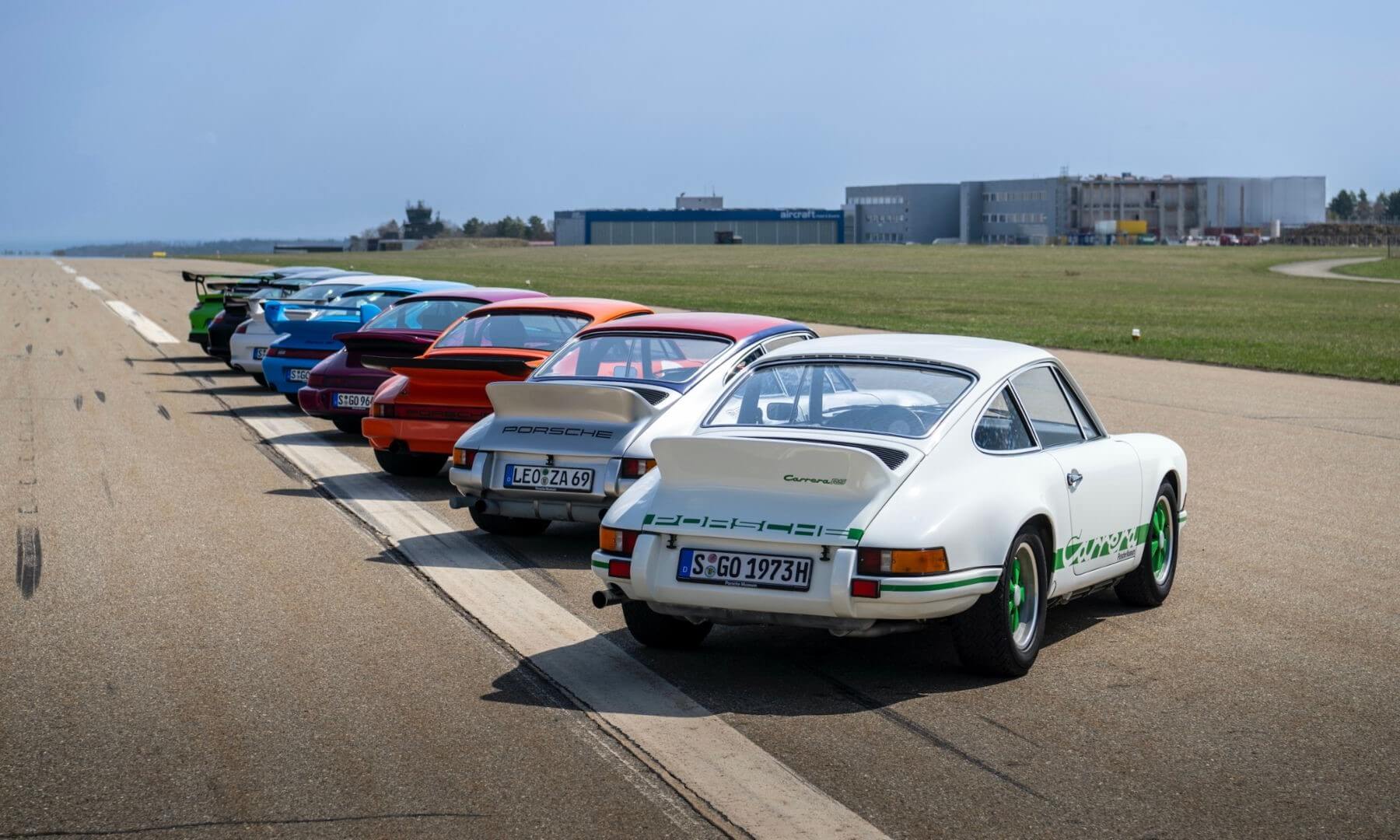
![Hyundai Brings Full ICE Experience to Ioniq 5N EV [video]](https://doubleapex.co.za/wp-content/uploads/2024/04/Hyundai-Ioniq-5-N-1-1-500x383.jpg)

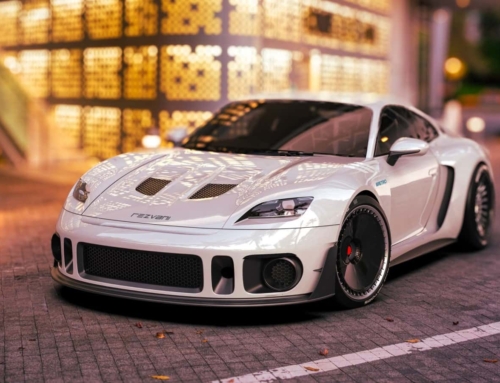
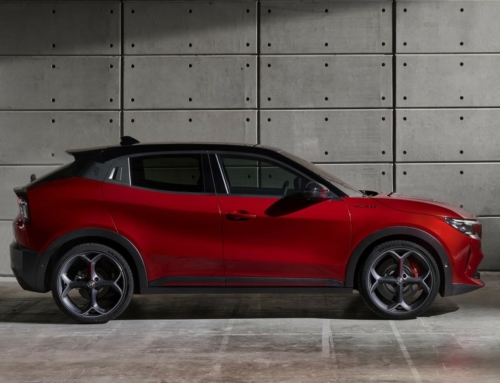
Leave A Comment